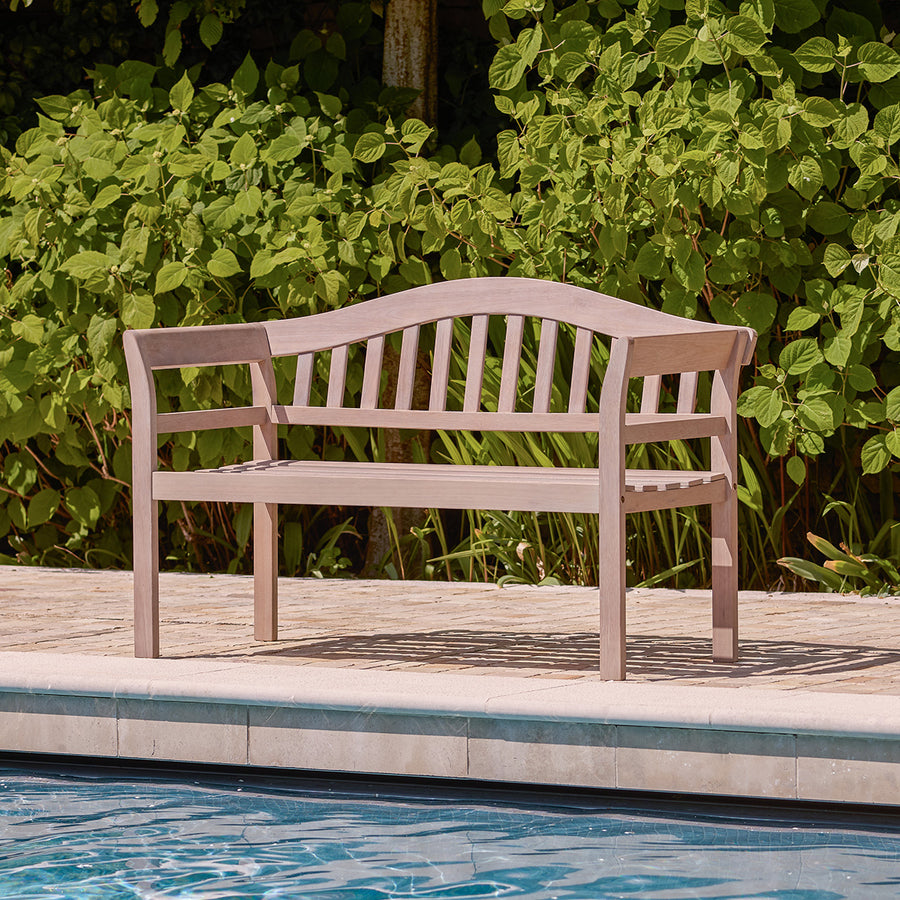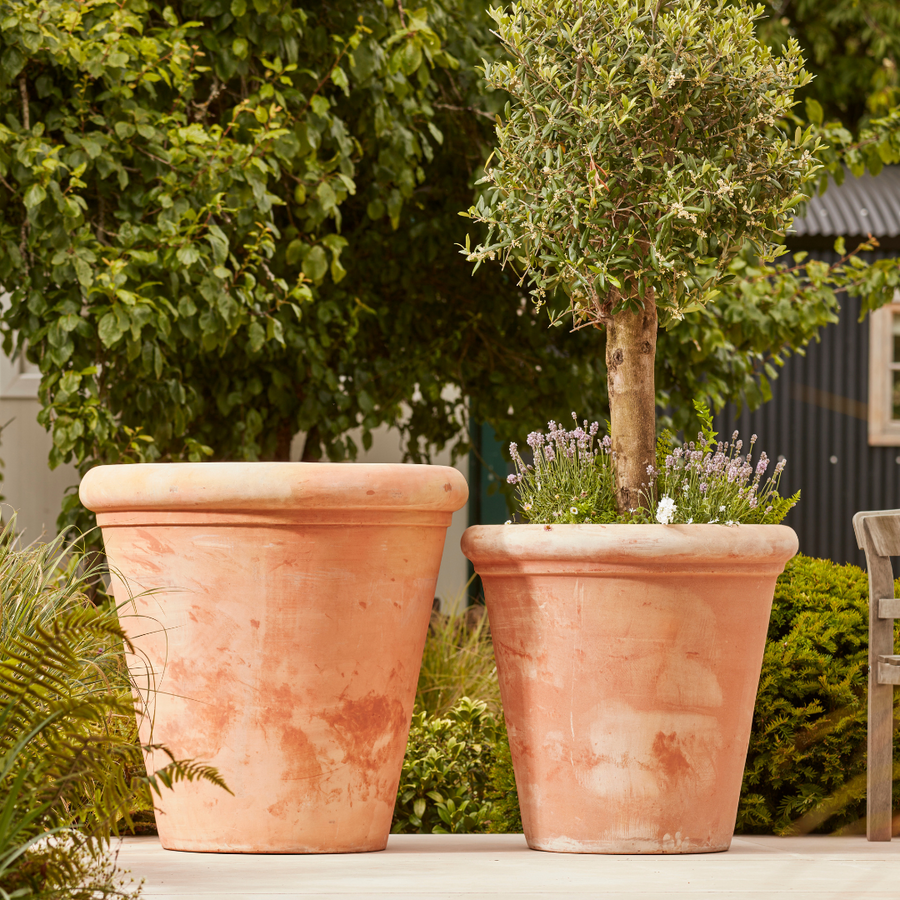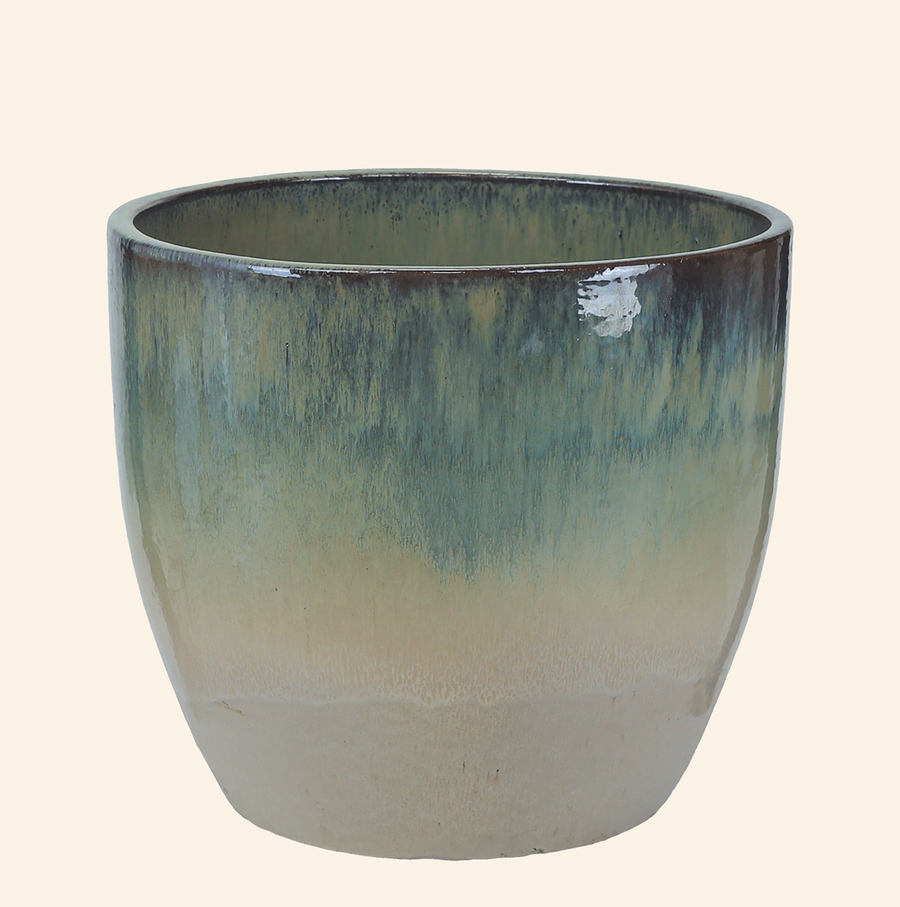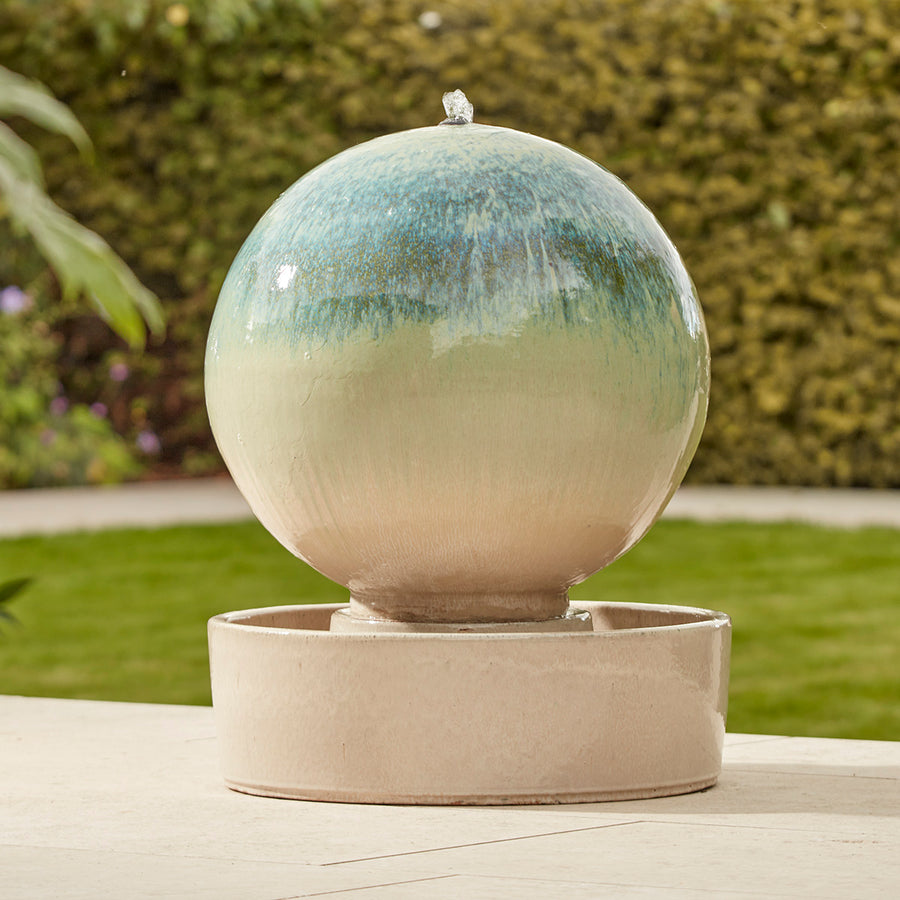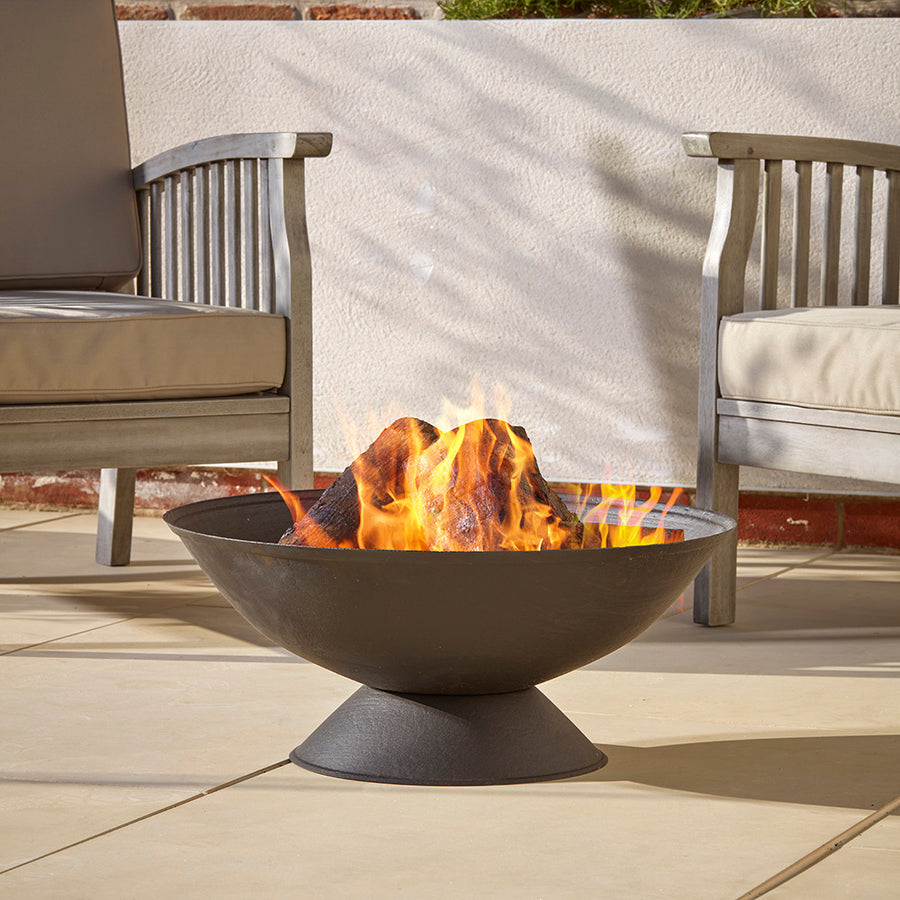Show Your Outside Space Some Love - February In The Garden
With Valentine’s Day this month, why not show your outdoor space some love and get it ready for early spring? The first signs of frost free, longer, lighter days and better weather are definitely starting to show. Here are some of our favourite ideas and jobs to give your garden some much needed TLC.
Plants
February is a prime time to start sowing flower seeds of slower-growing, half-hardy annuals and perennial plants indoors in seed trays. Sweet peas can still be sown later in the month and will bloom in spectacular colours and bring a fantastic fragrance to fill your garden with scent.
You can also start to sow summer bulbs in pots such as dahlias, lilies and gladioli from next month - we recommend enriching your soil with rotted manure to ensure good health and a riot of colour for a long lasting display.
If the ground isn’t frozen, you can still plant bare rooted hedges and trees, shrubs and roses but make sure you soak before planting.
Winter flowering plants such as snowdrops, camellia, daphne, crocus, witch hazel and hellebores are excellent options to provide visual interest before the spring flowers start to bloom.
Grow Your Own
February is the ideal time to plan your kitchen garden. Start sowing seeds like beetroot, broad beans, carrots, leeks, aubergines, sprouts and tomatoes for a tasty homegrown harvest later in the year.
For the best chance of success, start seeds growing in your greenhouse or propagator to get a head start. Some seeds take up to a month to germinate so it’s best to start now and a sheltered greenhouse or a propagator on a warm, sunny windowsill will give them the ideal conditions to grow.
This month is time to start buying your seed potatoes and start off the chitting process, ready to plant after the last frost. This takes about 4-6 weeks, so if you chit them now, they’ll be ready to plant your early potatoes in mid to late March. It’s also time to start your onion sets, garlic, asparagus and rhubarb.
Garden Maintenance
It’s best to do winter pruning at this time of year before your plants start to blossom and bud and the bird nesting season begins.
Prune any dead, damaged and diseased wood to promote new growth. Cut back late summer flowering shrubs, such as buddleias and prune wisteria to encourage floriferous displays that butterflies will love. Remove any old stems from roses and any stems that are congesting the middle of the bush.
Putting in plant supports is a priority in February. Check existing plant supports that may have become damaged over the winter and put in new ones before plants start growing to ensure they get the best start and grow healthy and strong.
If there is snow during the month, don't let it remain on trees or shrubs as the weight might break branches and stems. Most fruit trees can be pruned in February whilst the tree is dormant and preferably during dry, frost-free weather.
Snowdrops are often a welcome site in winter and are the first flowers to pop their heads up above the soil. Dividing and replanting is a great thing to do in February to increase the amount. As the flowers begin to fade, dig up the snowdrops and gently tease the bulbs apart, then replant to make the blooms last longer.
Wildlife
Taking care of garden birds is an important job at this time of the year, as many natural food sources and fresh water either freeze or run out. National Nest Box week takes place on 14th - 21st February 2022, to encourage more people to put up nest boxes in their outdoor space.
One of the best ways to support the birds during this season is to supplement their diet. Spring is an important time for garden birds as they prepare to nest and head into breeding season, so it’s important for them to have an energy-rich diet.
Sunflower hearts, peanuts, niger seed, high-quality bird seed mixes and suet treats are ideal in bird feeders to ensure they are receiving the nutrition they require to go about their busy lives.
For birds that visit your garden, water is a lifeline. They need to drink regularly even in the depths of a cold winter and bathe to maintain their plumage. A small ball placed in unfrozen water can help to prevent water freezing so birds have vital access to drinking.


